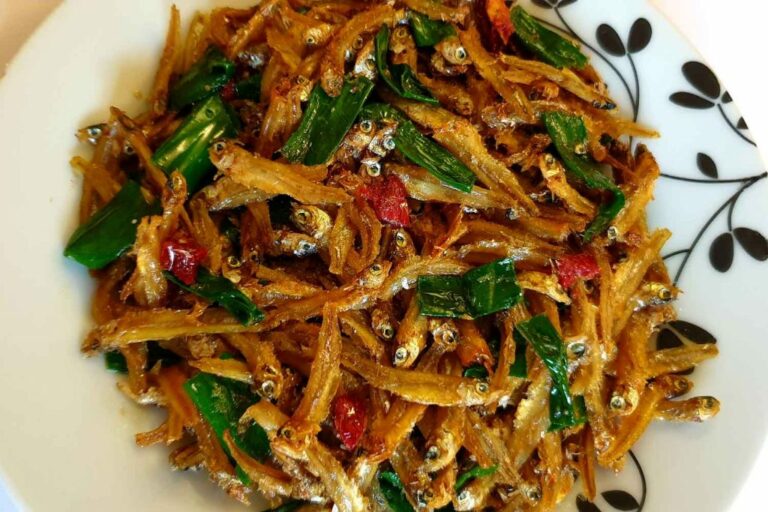Introduction to Zimbabwean cuisine
Zimbabwean cuisine is a mix of African, European, and Asian influences. The country’s location in southern Africa and its history of colonization and migration have resulted in a diverse culinary landscape. Zimbabwean cuisine is characterized by the use of fresh, locally sourced ingredients and the incorporation of spices and herbs. The cuisine is also known for its hearty soups and stews, which are enjoyed across the country.
Role of soups and stews in Zimbabwean cuisine
Soups and stews are an integral part of Zimbabwean cuisine, especially during the cold winter months. They are not only filling and nutritious but are also a great way to use up leftover ingredients. Soups and stews are often eaten with sadza, a thick porridge made from cornmeal, which is a staple in Zimbabwean cuisine. They are also often accompanied by relishes such as muriwo, a leafy green vegetable, and nyimo, a traditional bean.
Traditional ingredients used in Zimbabwean soups and stews
Zimbabwean soups and stews feature a wide range of ingredients, including vegetables, meats, herbs, and spices. Some of the most commonly used vegetables include muriwo, which is similar to spinach, and pumpkin leaves. Meats used in soups and stews include beef, chicken, and goat. Herbs and spices such as garlic, ginger, and cumin are also commonly used to add flavor to these dishes.
Muriwo une dovi – a popular Zimbabwean vegetable stew
Muriwo une dovi is a vegetable stew that is popular in Zimbabwe. The stew is made with muriwo, which is a type of leafy green vegetable similar to spinach, and peanut butter. Other ingredients used in the stew include onions, garlic, tomatoes, and chili peppers. The dish is often served with sadza and is a hearty and filling meal that is perfect for cold winter days.
Nyama – a meat-based Zimbabwean soup
Nyama is a meat-based soup that is popular in Zimbabwe. The soup is made with beef, chicken, or goat and is flavored with vegetables such as onions, carrots, and potatoes. Herbs and spices such as thyme and bay leaves are also commonly used to add flavor to the soup. Nyama is often served with sadza and is a comforting meal that is enjoyed by many Zimbabweans.
How to make Zimbabwean soups and stews at home
To make Zimbabwean soups and stews at home, start by gathering your ingredients. Choose your vegetables and meats based on what is in season and available in your area. Next, chop up your vegetables and meat and sauté them in a large pot with some oil. Add your herbs and spices and allow the flavors to meld together. Finally, add enough water or broth to cover the ingredients and let the soup or stew simmer on low heat until everything is cooked through and the flavors are well combined. Serve with sadza and enjoy!

